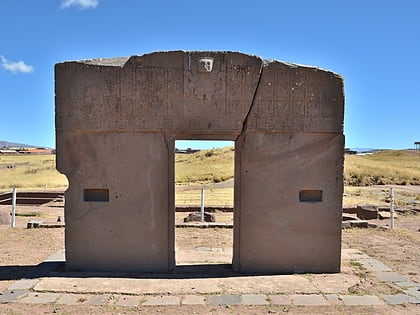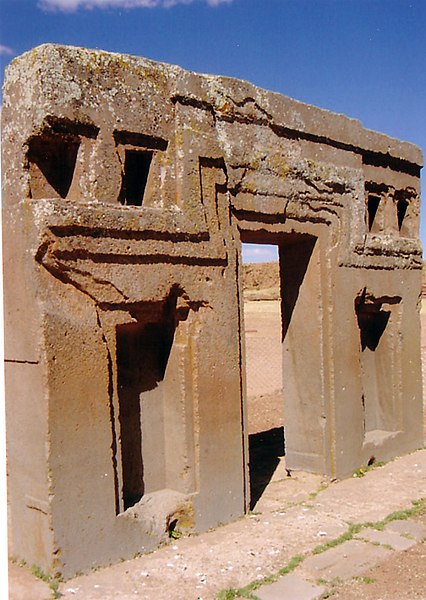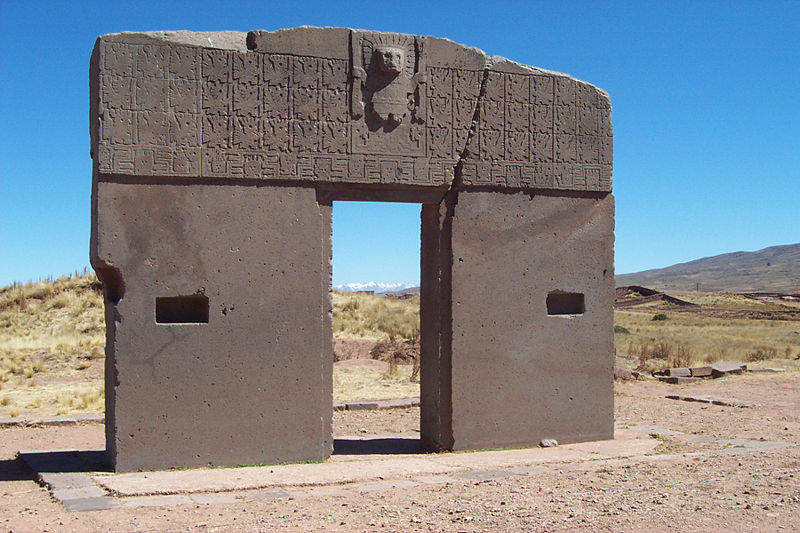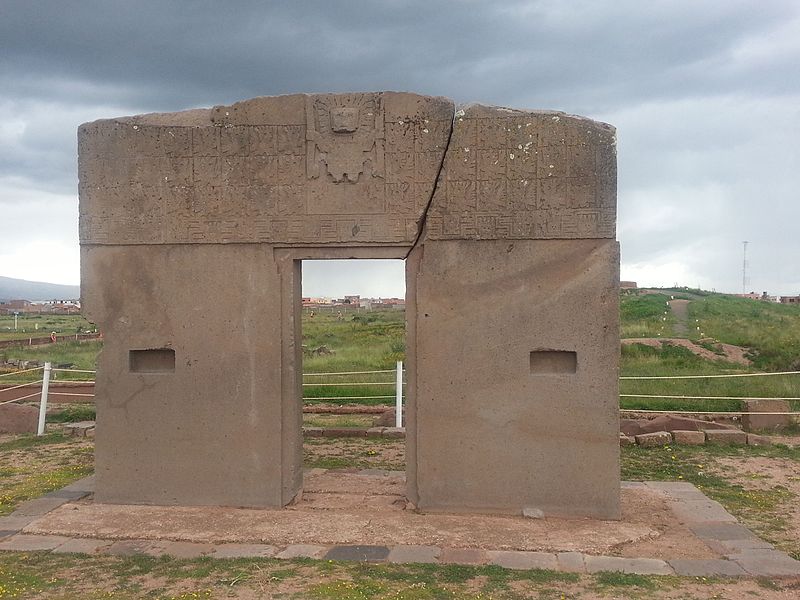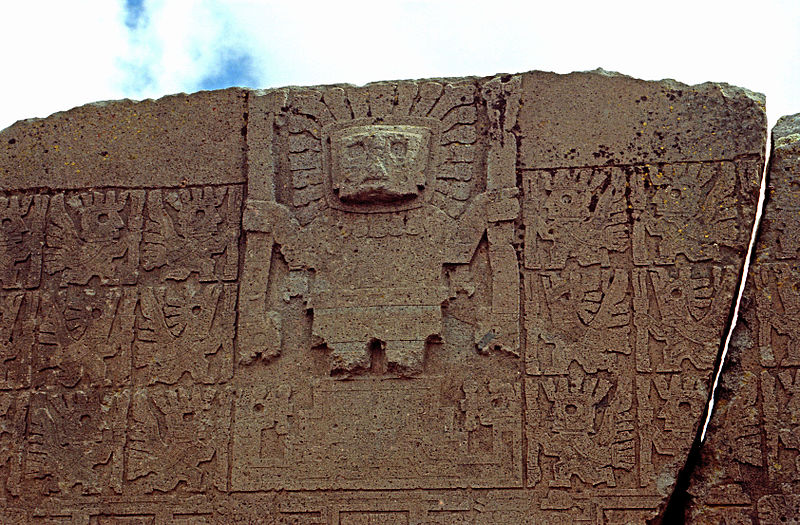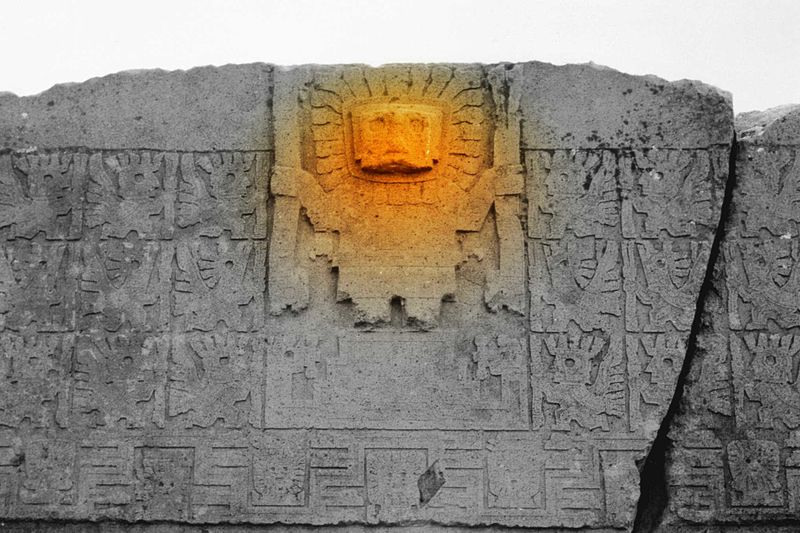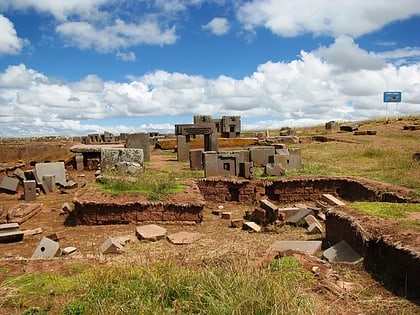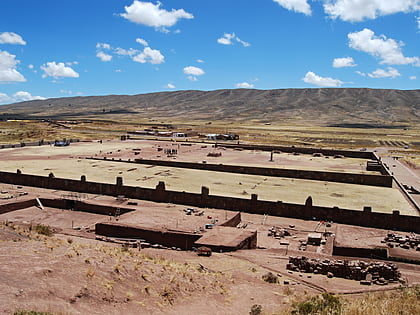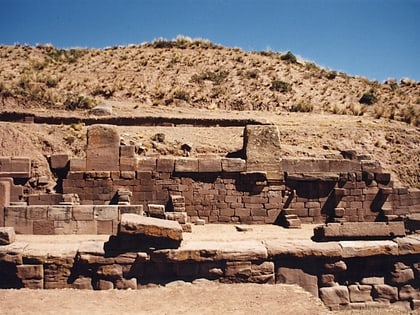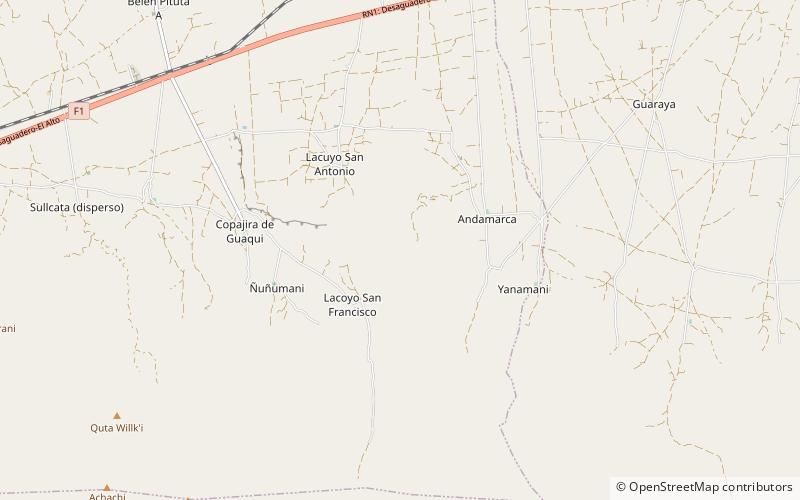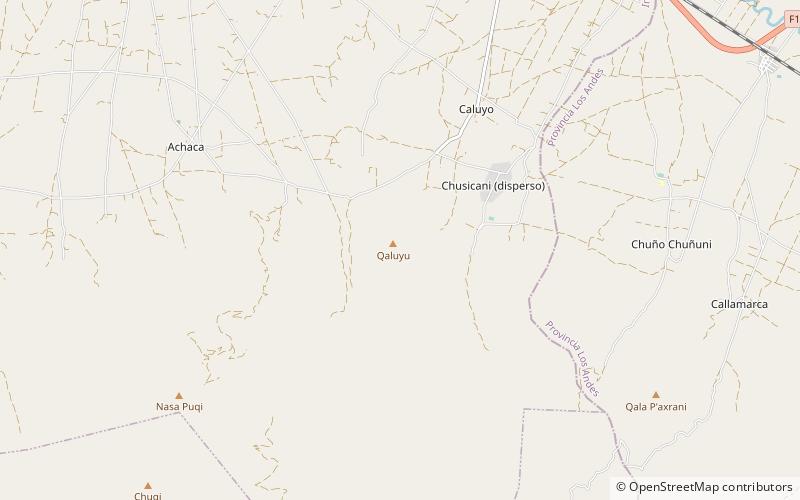Gate of the Sun, Tiwanaku
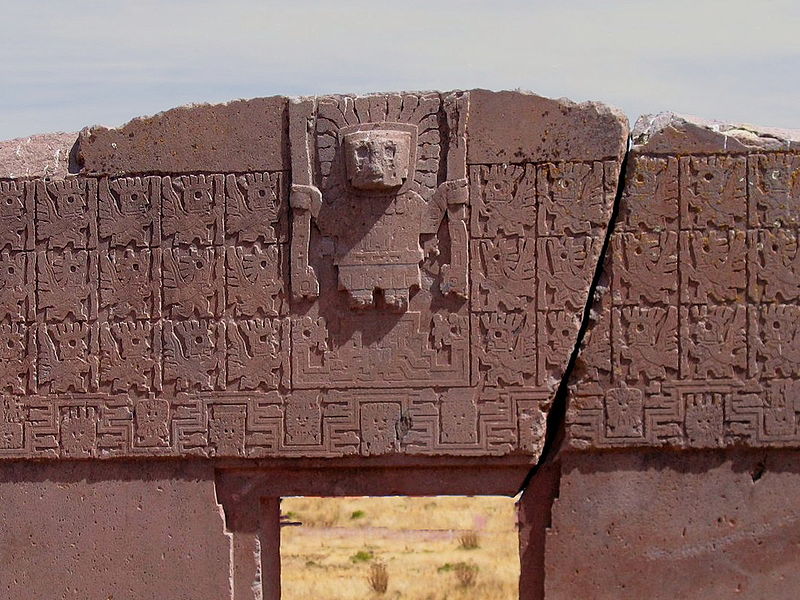
Facts and practical information
The Gate of the Sun is a captivating archaeological treasure nestled within the ancient city of Tiwanaku, near La Paz, Bolivia. This megalithic structure has stood the test of time, serving as a silent witness to the pre-Columbian Tiwanaku civilization that thrived around 500 to 950 AD.
Carved from a single block of Andesite stone, the Gate of the Sun is famed for its intricate engravings, which include a variety of geometric shapes and zoomorphic figures. Dominating these carvings is the central figure believed to represent Viracocha, the Andean deity of creation, surrounded by winged entities and heads that radiate outward, resembling a sunburst pattern.
The gate measures roughly 3 meters in height and 4 meters in width, and it is believed to have once been part of a larger structure, possibly a temple or an astronomical observatory. This theory is supported by the gate's alignment with the sun's movements, suggesting that it may have had an astrological and calendrical significance for the Tiwanaku people.
Visitors to the Gate of the Sun are often struck by its grandeur and the mystery surrounding its original purpose. The site is accessible to tourists and is a highlight for those interested in ancient civilizations and their architectural accomplishments. Although the gate itself is the centerpiece, the surrounding ruins of Tiwanaku offer a broader context, revealing the complexity and skill of this pre-Incan culture.
Tiwanaku
Gate of the Sun – popular in the area (distance from the attraction)
Nearby attractions include: Pumapunku, Kalasasaya, Akapana, Pukara.
